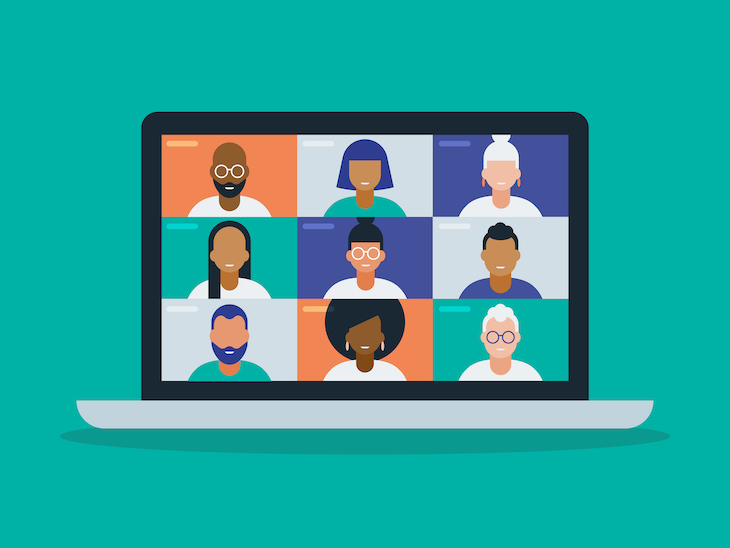By Nicole Yapp, Common Ground Fellow
On May 2 and May 12, Neighborhood Connections’ Neighbor Up network hosted community conversations about public space use and digital connectivity in this unprecedented time. Those conversations were part of an ongoing series designed to give space to community members who want to share their experiences with varying aspects of life during the COVID-19 pandemic. The conversations began with subject-matter experts setting the stage for the discussion. Afterwards, the group of participants were sorted into breakout sessions where they had in-depth small group discussions about their personal experiences with public spaces over the course of the last few months.
In my May 2 breakout session, community members shared their experiences with local public spaces. Since the start of the pandemic, everyone has dedicated more time to exploring their neighborhoods. As we all talked about some of our favorite outdoor public spaces, the conversation transitioned to an exploration of the various types of public spaces. This discussion unearthed that many of us have come to view video conferencing platforms, such as Zoom, as public spaces. We are all utilizing those platforms to celebrate special occasions, work and stay connected with our family and friends—similar to how we use traditional public spaces.
This realization prompted another, even more important, discussion about households that lack access to the internet. Cleveland is considered the fourth-worst-connected city in the nation. Currently, 44 percent of households in the city of Cleveland do not have broadband internet access. Individuals in unconnected households have to grapple with being left behind in an increasingly technologically advanced world. Now that the COVID-19 pandemic has required many of us to stay at home more, the internet has become an even more essential part of our lives. For many, it’s a lifeline that helps combat social isolation. In households where internet connectivity is an issue, it’s impossible to virtually connect with others.
As this pandemic continues, Zoom and other video conferencing platforms will continue to be a major part of our lives. While some of us have the privilege of taking advantage of this new public realm of video conferencing, others cannot. The community conversations and similar virtual convenings are social gatherings that should be accessible to everyone. And in addition to social gatherings, which are vital to our health and sense of community, we must also consider how those without internet access are excluded from basic news and information, civic engagement platforms, job postings and countless other resources and tools that are essential to our participation in society. As our daily lives become increasingly dependent upon the internet, we must consider it a basic need and work to expand access for all. Currently, organizations such Digital C, PCs for People and the Cleveland Metropolitan School District are working to implement long-lasting structural changes or direct services that will make Northeast Ohio a more digitally inclusive place. Those of us who are privileged and have access to the internet must uplift and support these and other organizations working to combat the digital divide.
What’s Next?
The next conversations in this virtual series will take place at the end of this month on June 23 and June 25. Both conversations will address the same topic—transportation and mobility during the COVID-19 pandemic. If you would like to participate, please visit https://movingaroundconvo.eventbrite.com to register.



